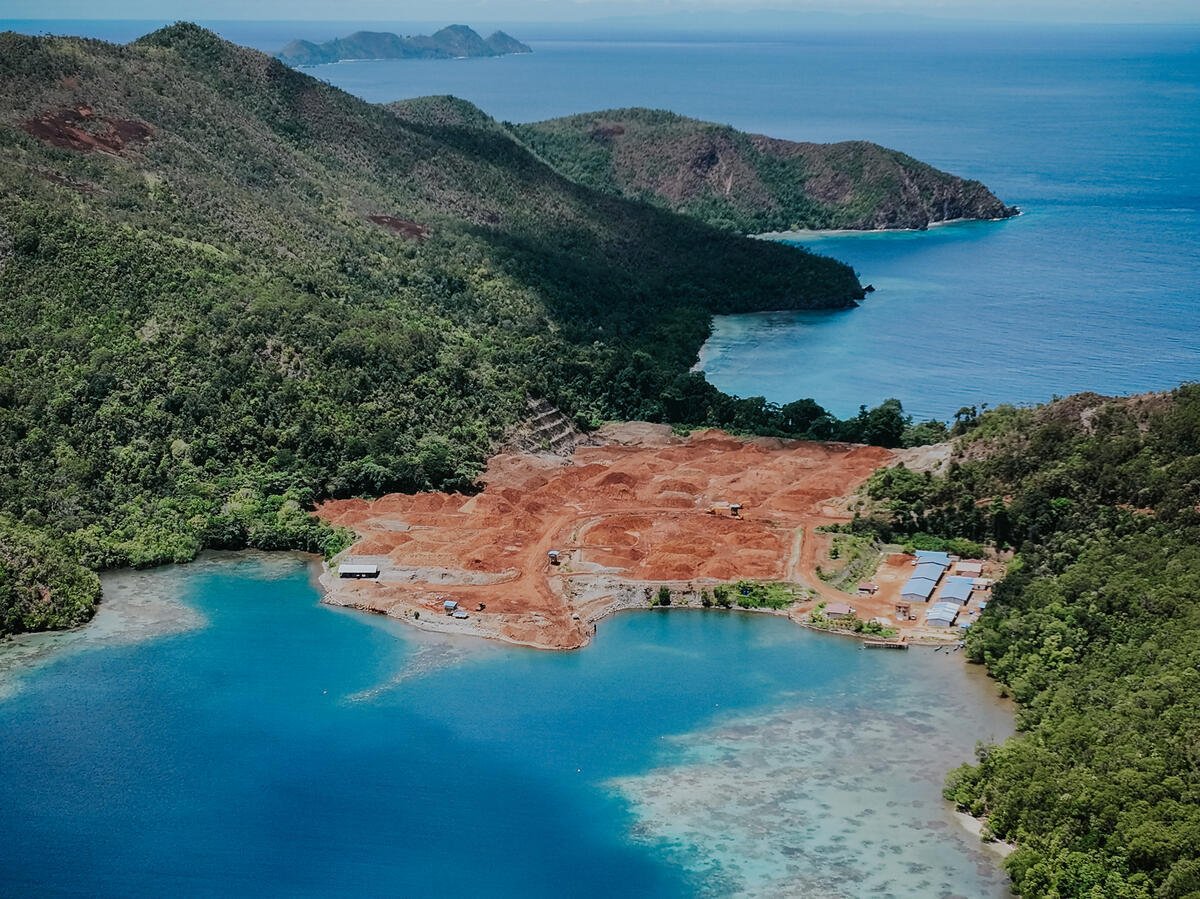Greenpeace Indonesia’s latest analysis shows that the indicative area of forest and land fires in 2023 was 2.13 million hectares. This area is almost twice the size of the government’s figure.
The Minister of Environment and Forestry, Siti Nurbaya, claimed to have ‘successfully’ reduced the severity of Indonesia’s fires in 2023 amidst that year’s strong El Niño climate phenomenon. During the year, the indicative area of land and forest fires, according to the Ministry of Environment and Forestry (MoEF), was 1.16 million hectares (ha), an area equivalent to nearly 18 times the city of Jakarta.
MoEF also recorded a significant reduction in peatland fires, which totalled 182,789 ha in 2023. The 2023 Performance Report of the PKHL Directorate also mentioned a decrease in carbon emissions from forest and land fires in 2023 (183 million tons of CO2e), 29% that of 2019 (624 million tons of CO2e). In general, the government claimed to have successfully reduced land fires in 2023 compared to the massive forest and land fires in 2019, which covered an area of 1.65 million hectares.
Minister Nurbaya’s claims, along with the reports of a decrease in the number of hotspots and the extent of burned areas, need to be questioned. The number of hotspots cannot itself be meaningfully compared across different places and times. The government needs to fully disclose data to substantiate its claims of successfully handling the 2023 fires.
Greenpeace Indonesia’s latest analysis, however, shows that the indicative area of forest and land fires in 2023 reached at least 2.13 million hectares. This figure is almost twice the size of the government’s data. This analysis, based on satellite data processing by Greenpeace and TheTreeMap and combining results with data from MoEF, found that around 1.3 million hectares of the total burned area in 2023 had previously burned between 2015 and 2022. The remaining 830,000 hectares were recorded as new incidents. This means that approximately 60% of the burned areas in 2023 are cases of recurrence.
The 2023 fires also strongly indicate that the peatland restoration policy initiated by President Joko Widodo is still far from effective. Around 28%, or approximately 599,000 hectares, of the indicative burned area in 2023 occurred in 211 Peat Hydrological Units (a PHU is a peat ecosystem bordered by rivers and/or the sea) across seven provinces prioritised for restoration. The majority of these PHUs with burned areas are classified as highly and moderately critical. Greenpeace determined the critical classification based on ten criteria, including land use function, damage status, forest cover, palm oil concession cover, industrial timber plantation (HTI) cover, and others. The methodology used for this categorisation is explained in Greenpeace Indonesia’s 2021 report Restoration Up in Smoke: Losing the Battle to Protect Peatlands.
This report highlights forest and land fires in general and extensively discusses fires in PHUs. The health impacts and carbon emissions from burning peatlands are significant, warranting serious attention. The fires on 599,000 hectares of peatland in 2023 released an estimated 553 million tons of CO2e into the atmosphere. Moreover, recurrent fires in peat landscapes not only make their conditions increasingly critical but have also reached chronic status.



